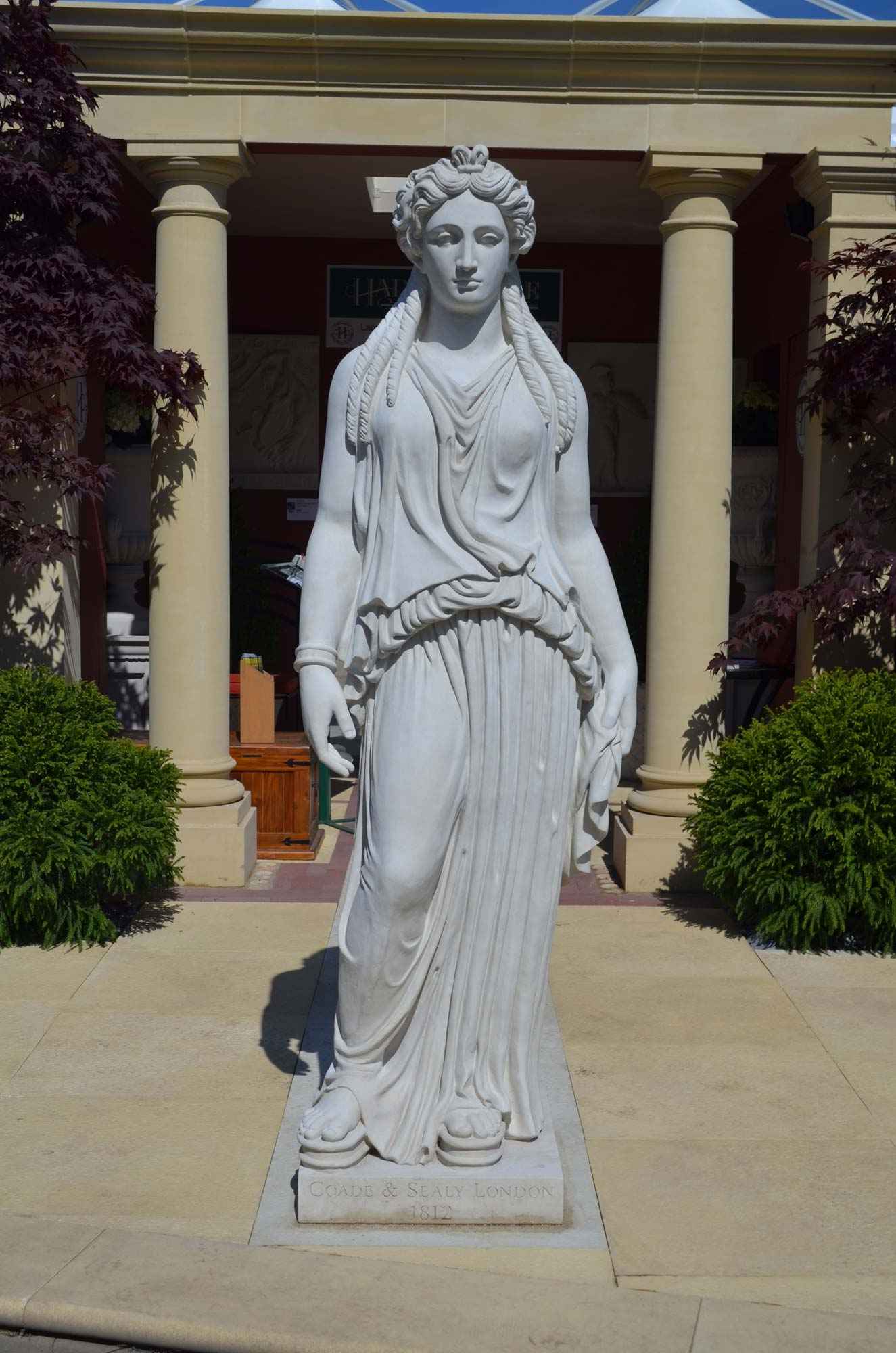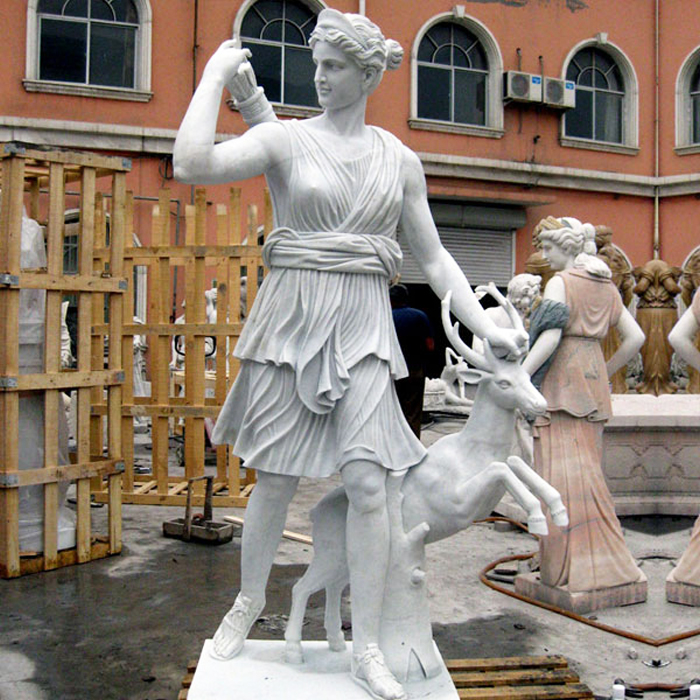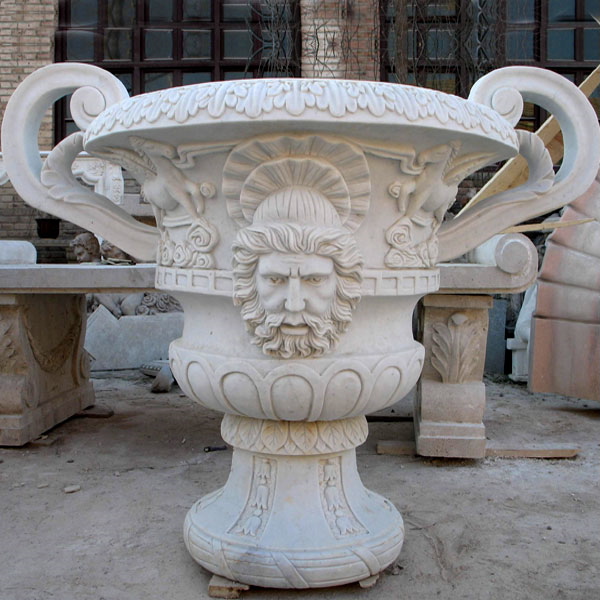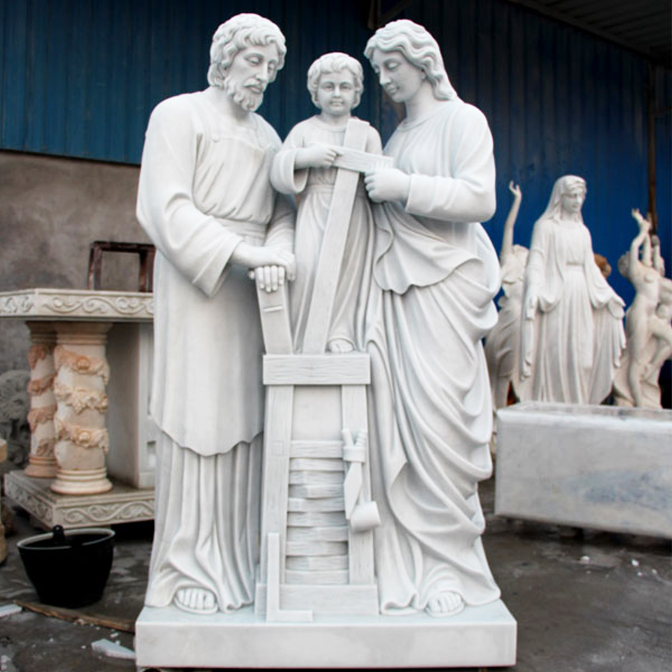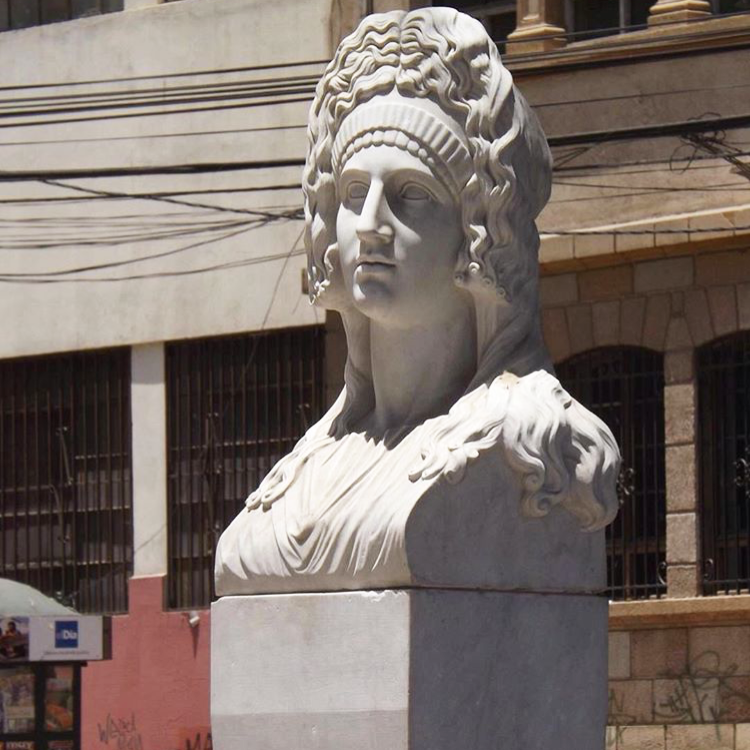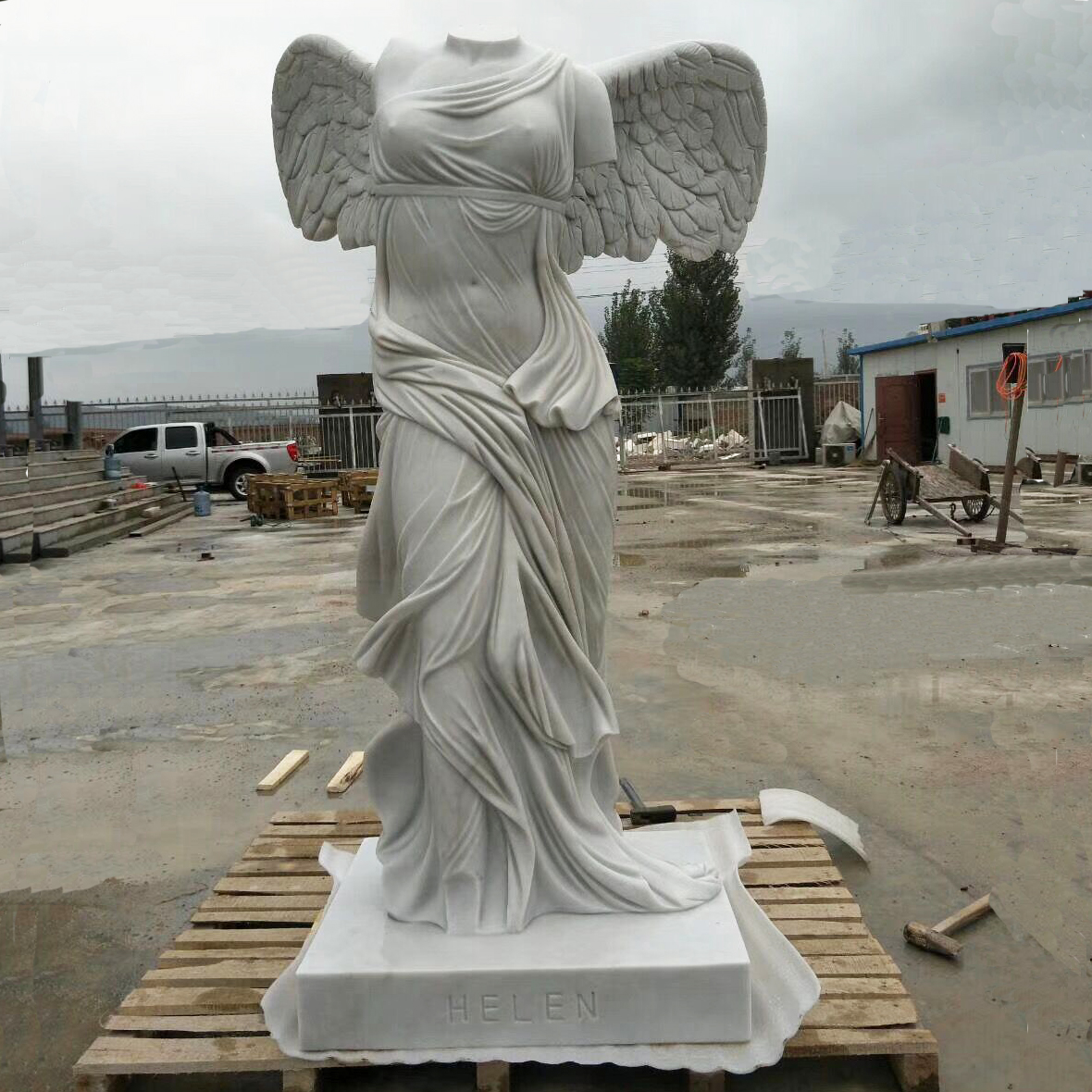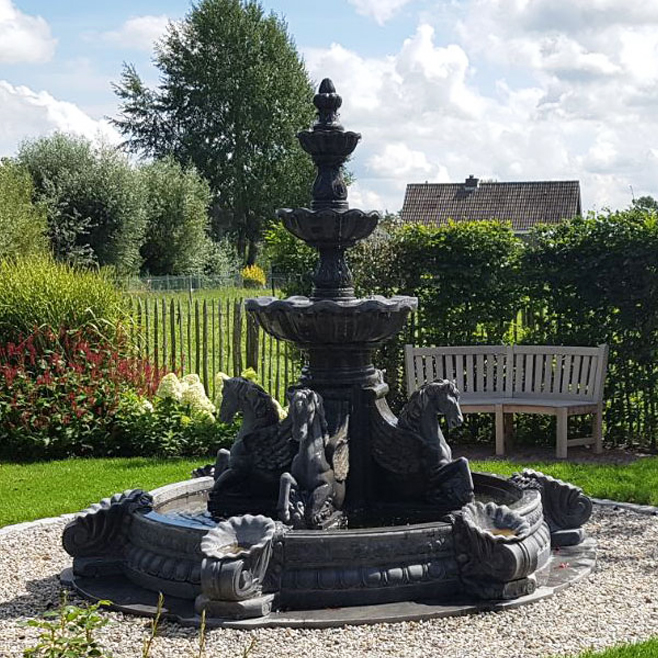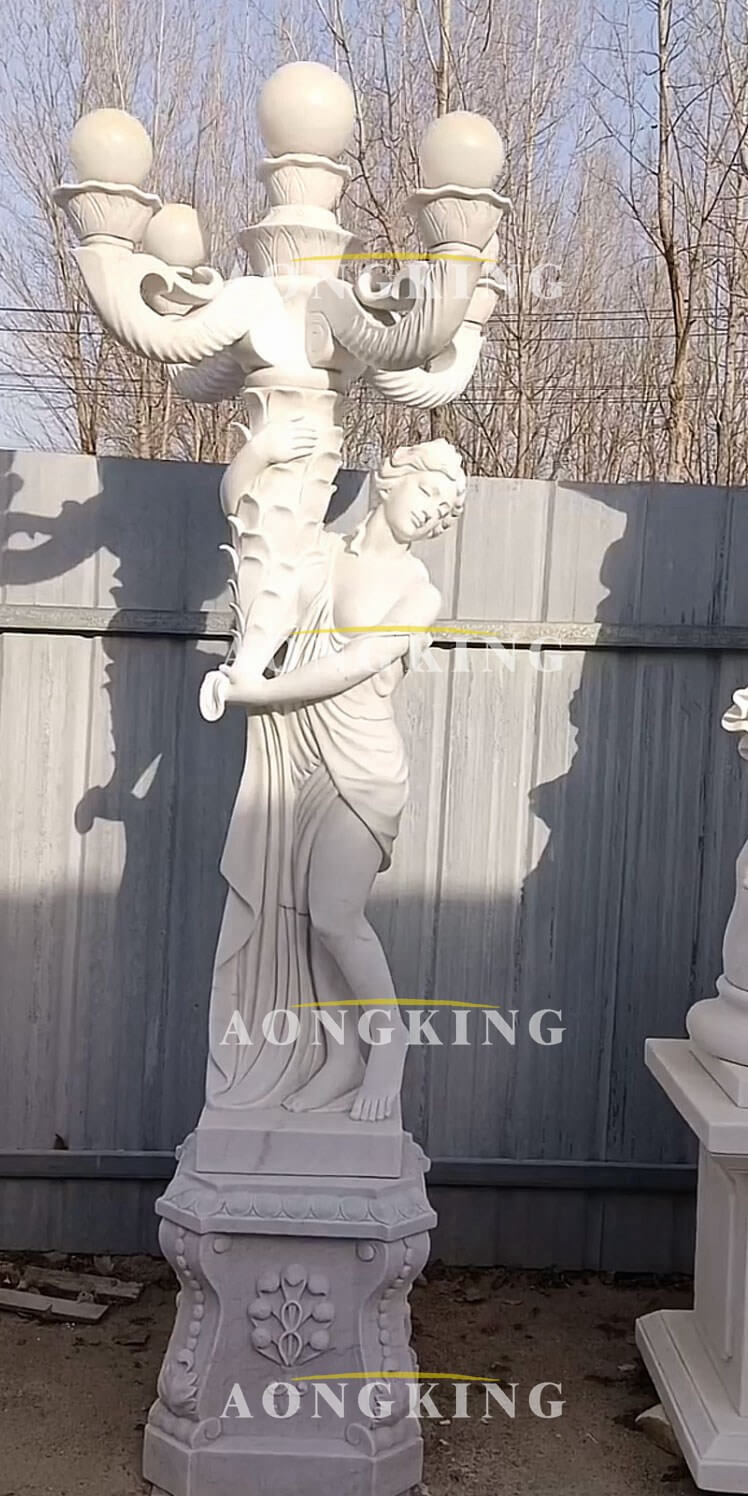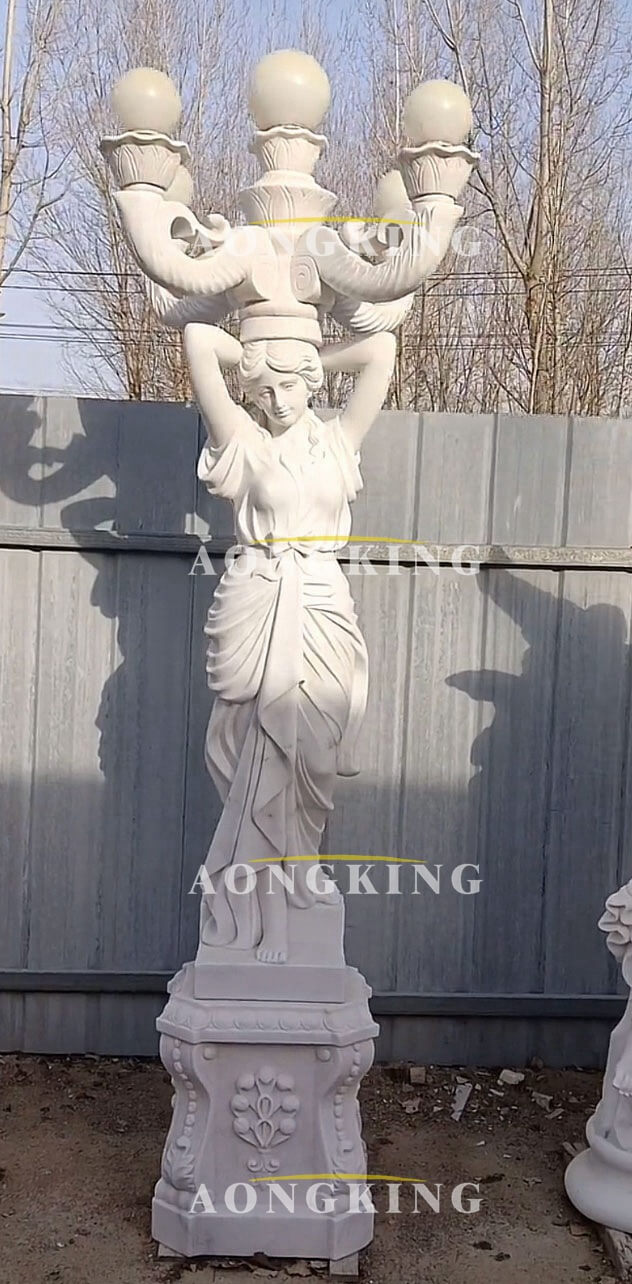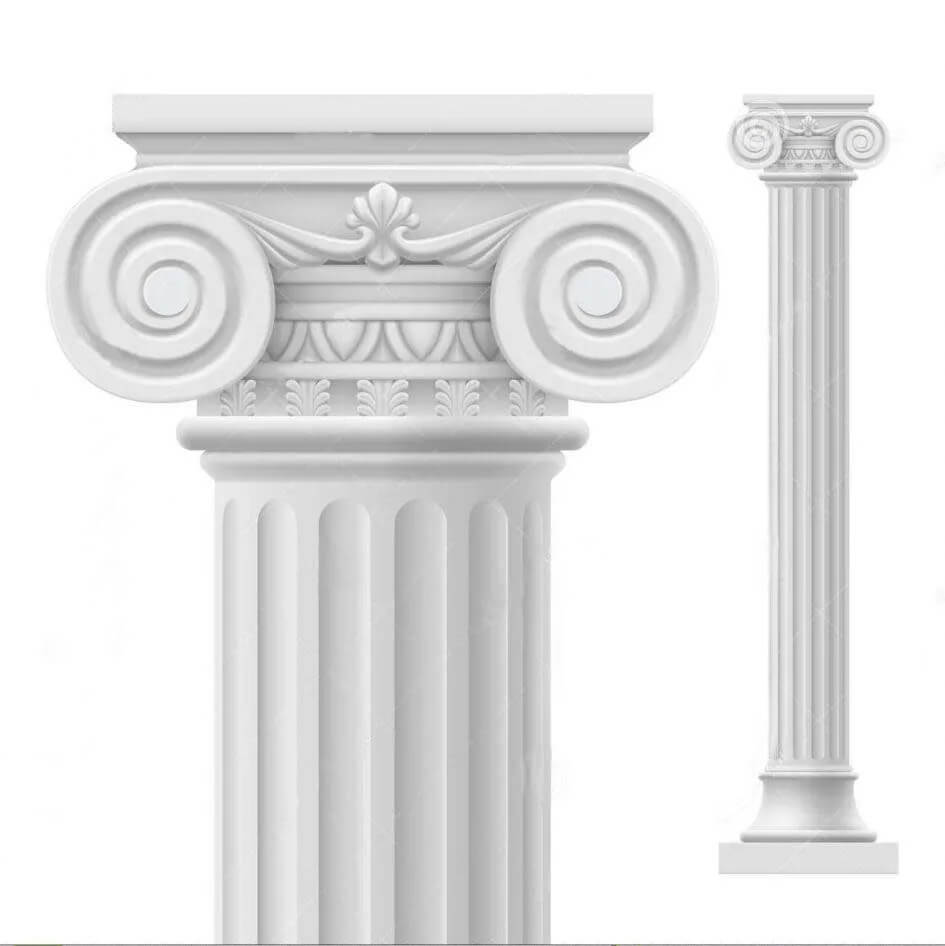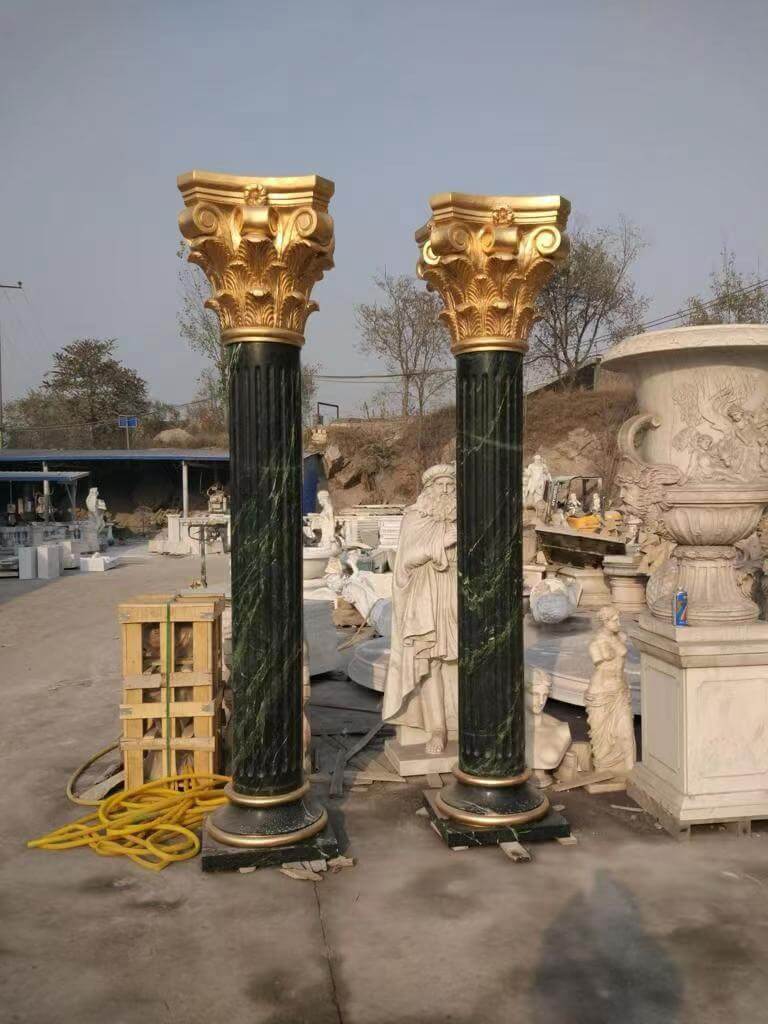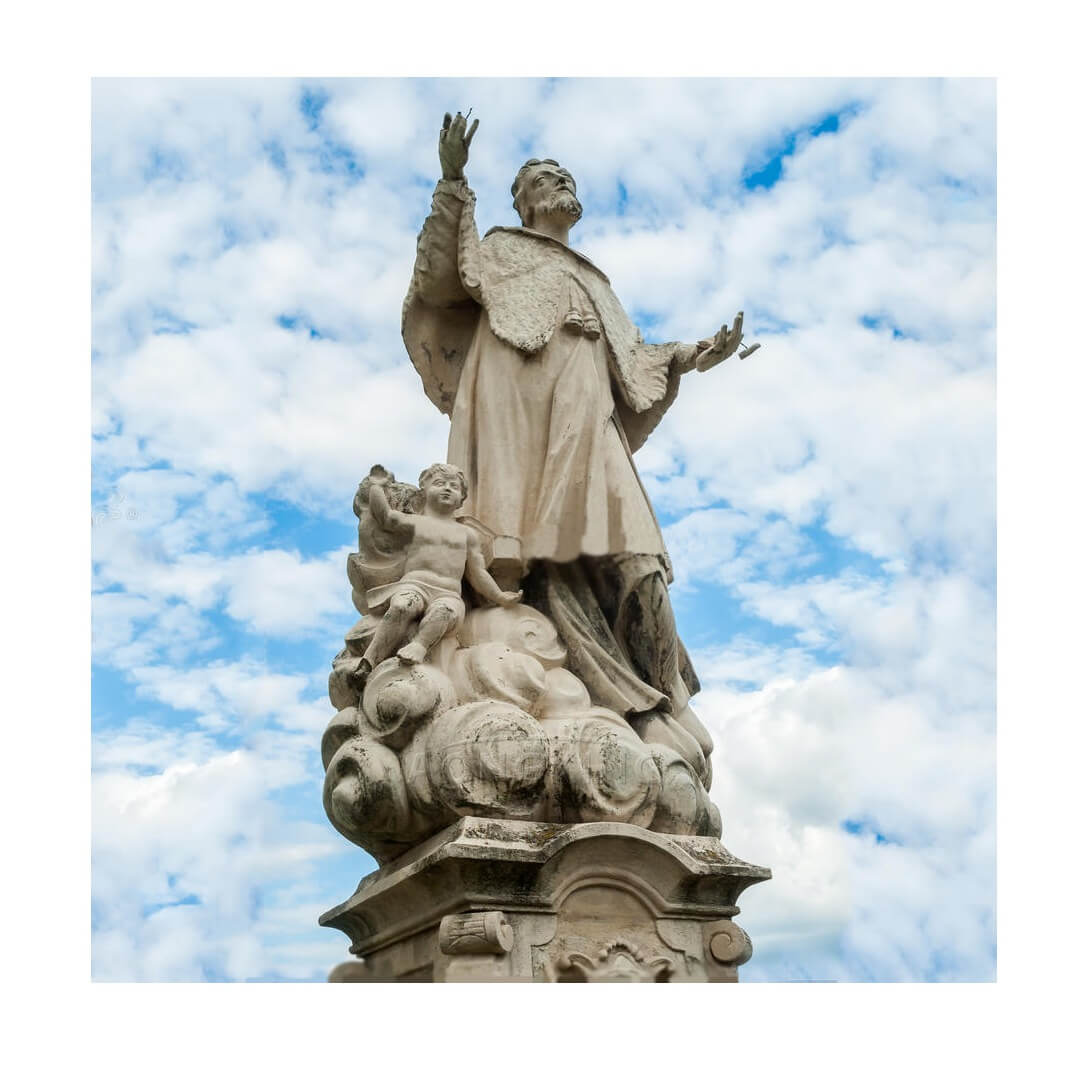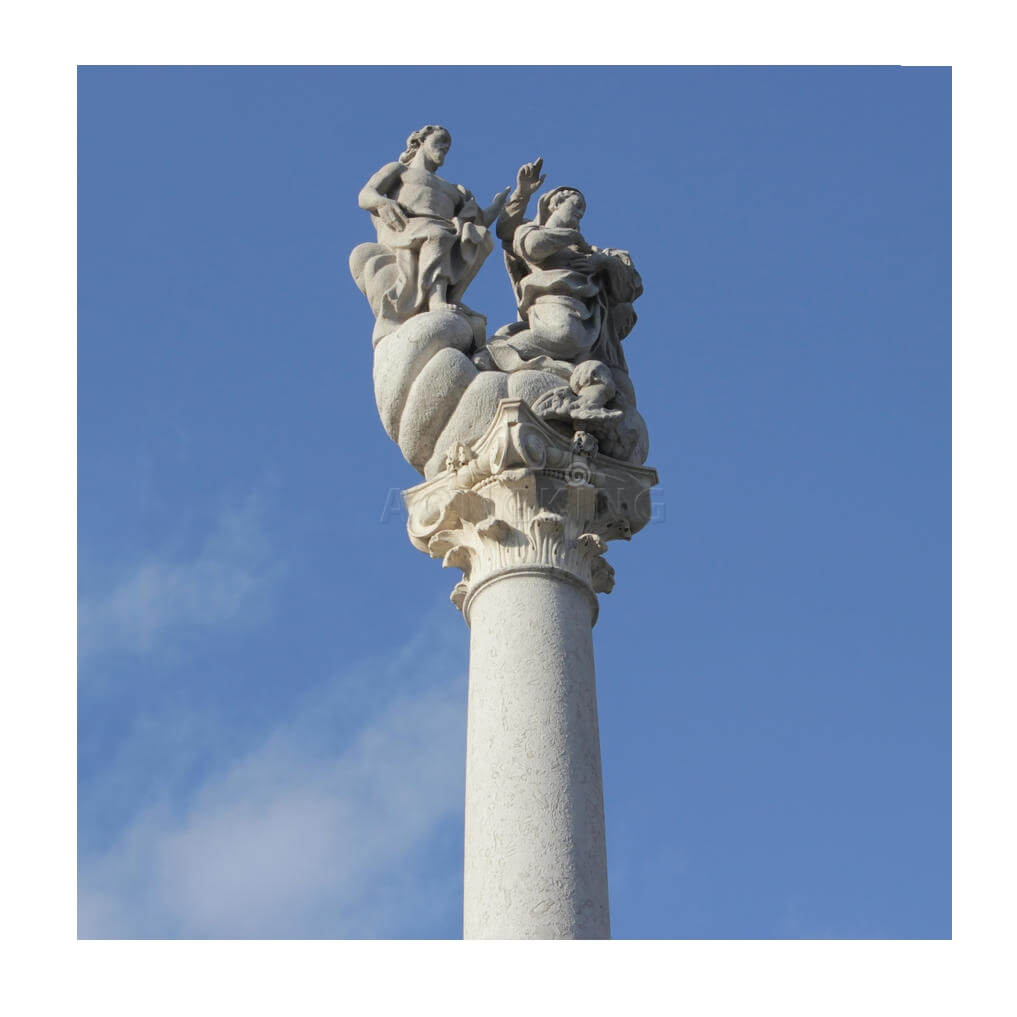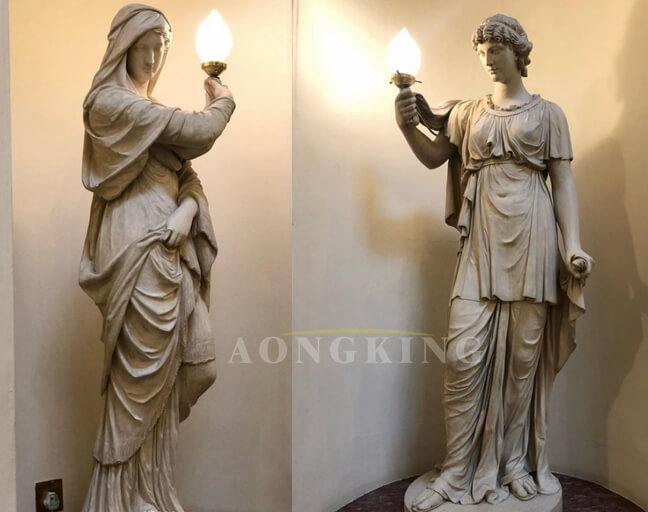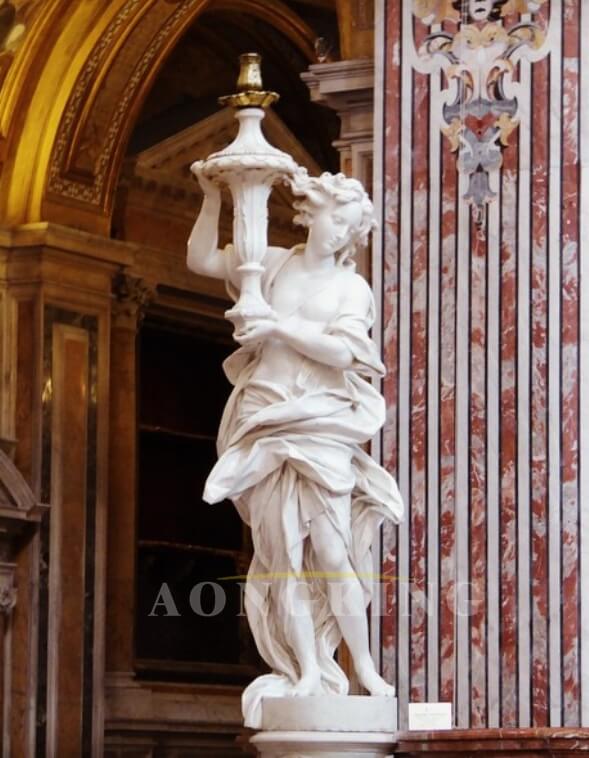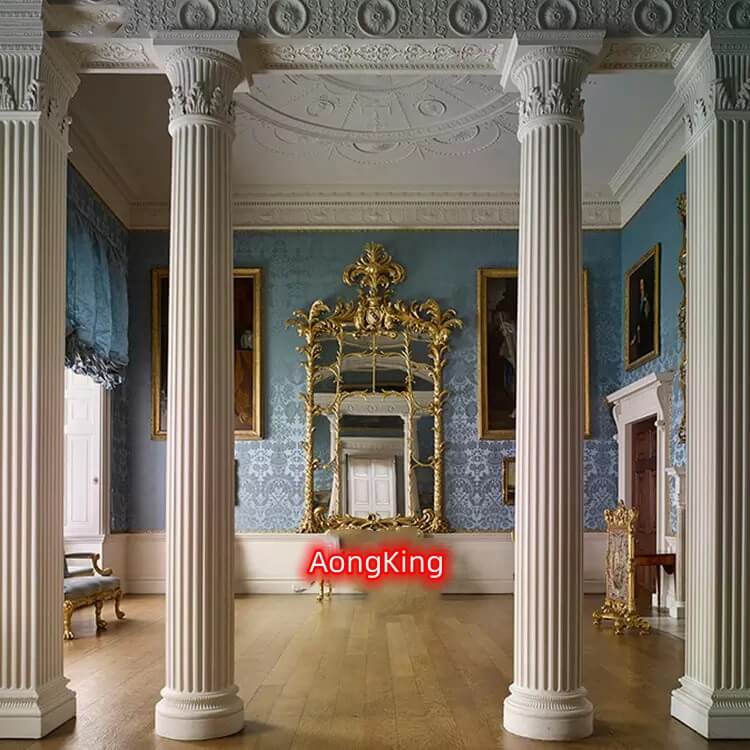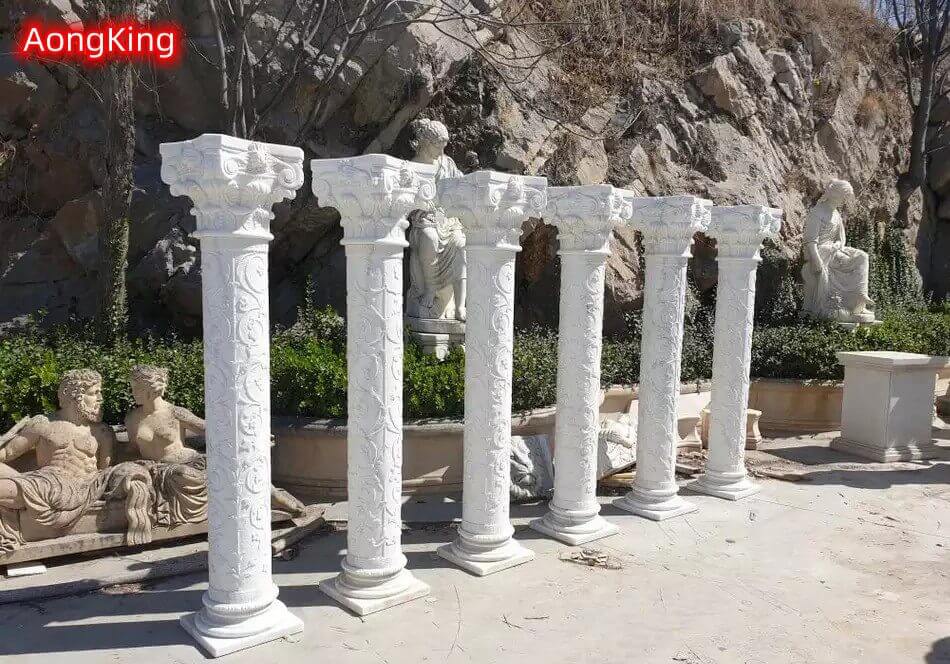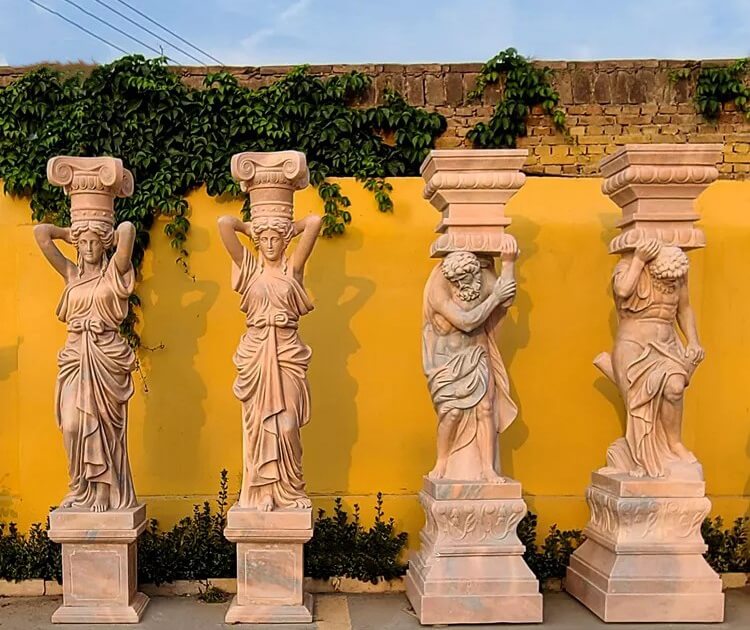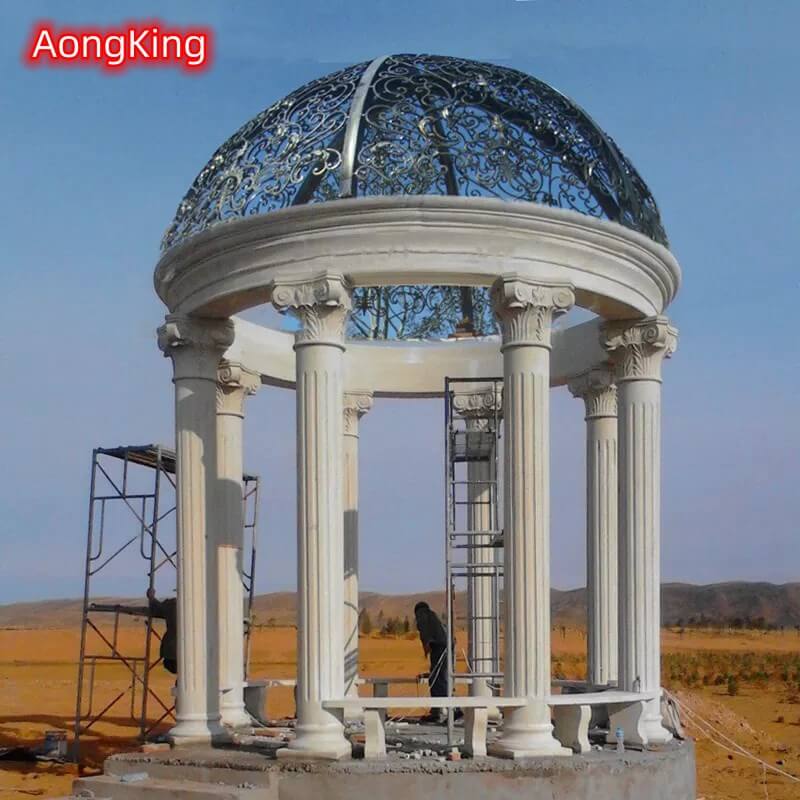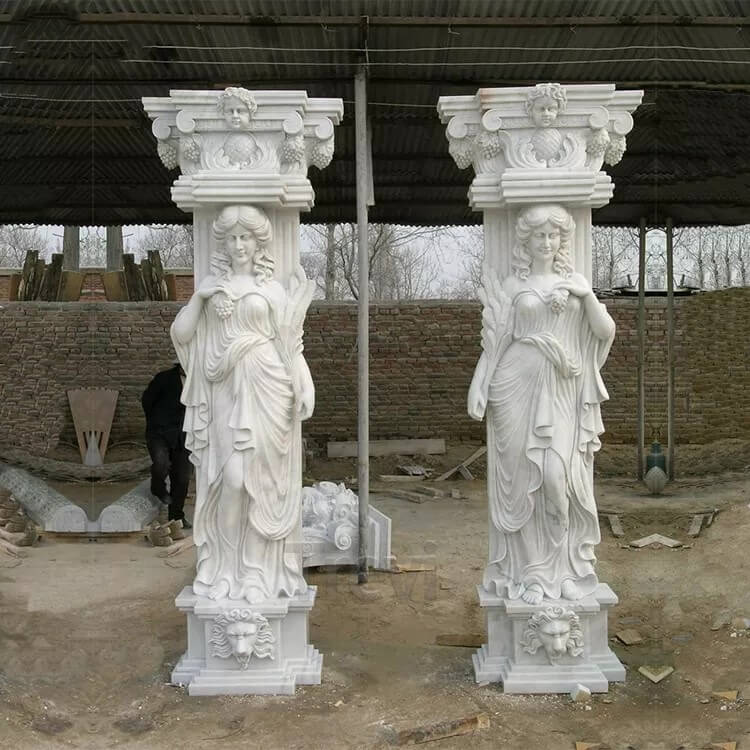Project Description
Ancient roman figure pillars marble Caryatids Statues
These marble Caryatids Statues are works of art that combine figure sculpture and marble architecture. Columns used as architectural supports, the columns above the head of Caryatids Statues are connected above the supports. Although the six Caryatids Statues were of the same height and build, and were dressed and groomed similarly, they were not identical: their faces, posture, drape and hair were sculpted separately. The three on the left stand on their right feet, while the three on the right stand on their left feet. The main purpose of the clumsy, intricate hairstyles of the Caryatids Statues is to provide static support to the neck, which otherwise would be the thinnest and weakest part of the structure. –
| NO.: | AK-stone(CC234 ) |
| MATERIAL: | Natural Marble / Stone / Granite |
| SIZE: | LIFESIZE / CUSTOM MADE SIZE |
| USAGE: | Amusement park, Theme park, Garden, Restaurant, Playground, Public Area, Garden, Indoor & Outdoor, etc |
History of Caryatids Statues:
A Caryatids Statue is a statue of a woman, usually dressed in a robe, with holes in her head, placed in the form of columns, pillars, or pilasters. The name means the inhabitants of Carias in Laconia and derives from the alliance of the city’s inhabitants with the Persians during the Greek invasion. The latter eliminated them, reduced the slavery of their wives, and condemned them to bear the heaviest burdens. The motifs of the Caryatids Statues appear to be older than the Persian wars described by Vitruvius. Since antiquity, the caryatids have undergone tremendous stylistic evolution: from certain hieroglyphs such as the Caryatids Statues of the Erechtheion Temple to the gentle gestures of the Wallace Fountain in Paris. We’re talking about a caryatid with fangs, sheathed when its head bears a basket, or when its lower part is placed on a pedestal. Caryatids Statues like Caryatids She danced happily in the nut-tree village of Carriere, the girls of Carriere, in their ecstatic round dance, wearing baskets with reeds on their heads, It was as if they were dancing plants.
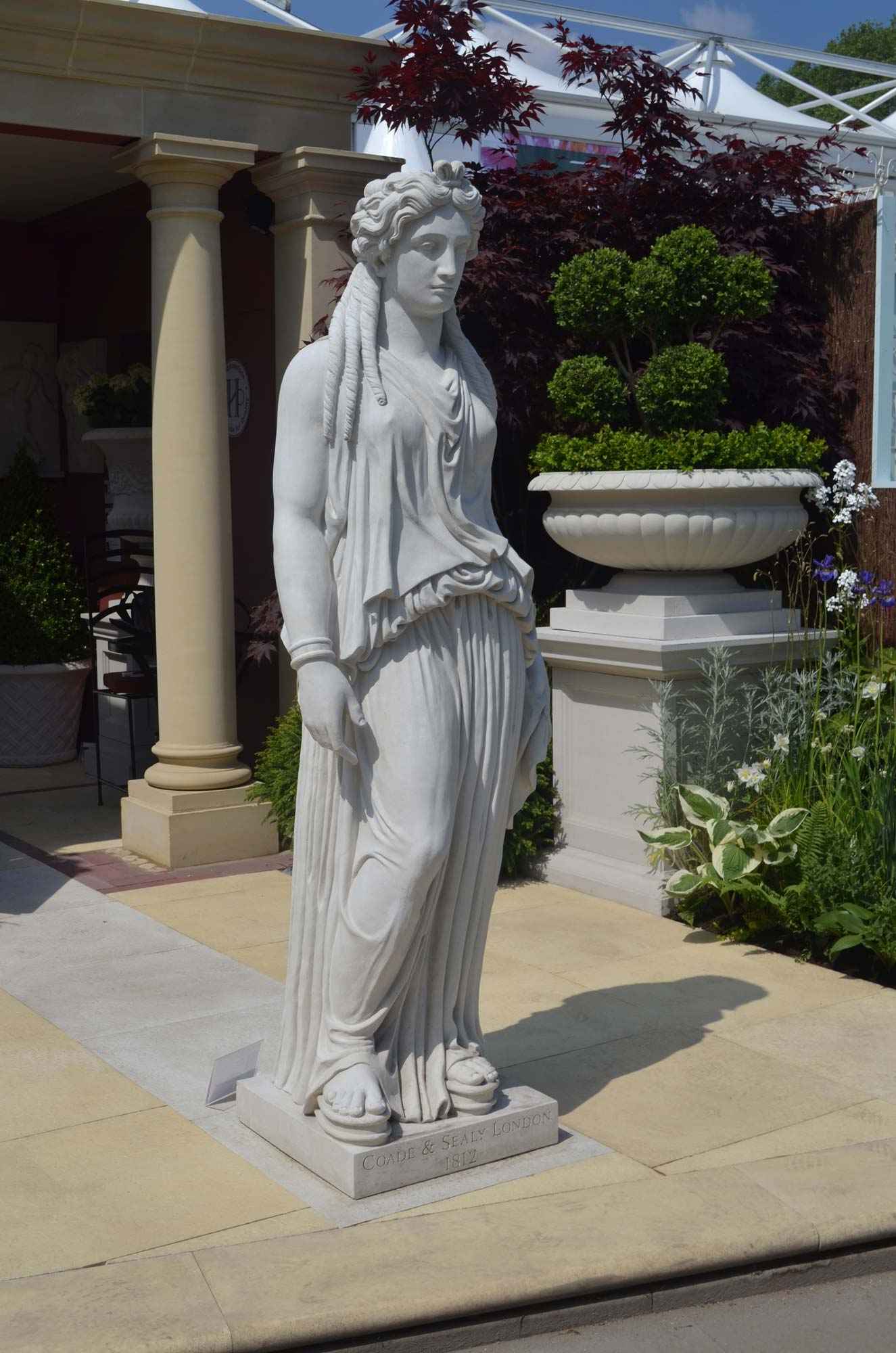
Caryatids Statues8
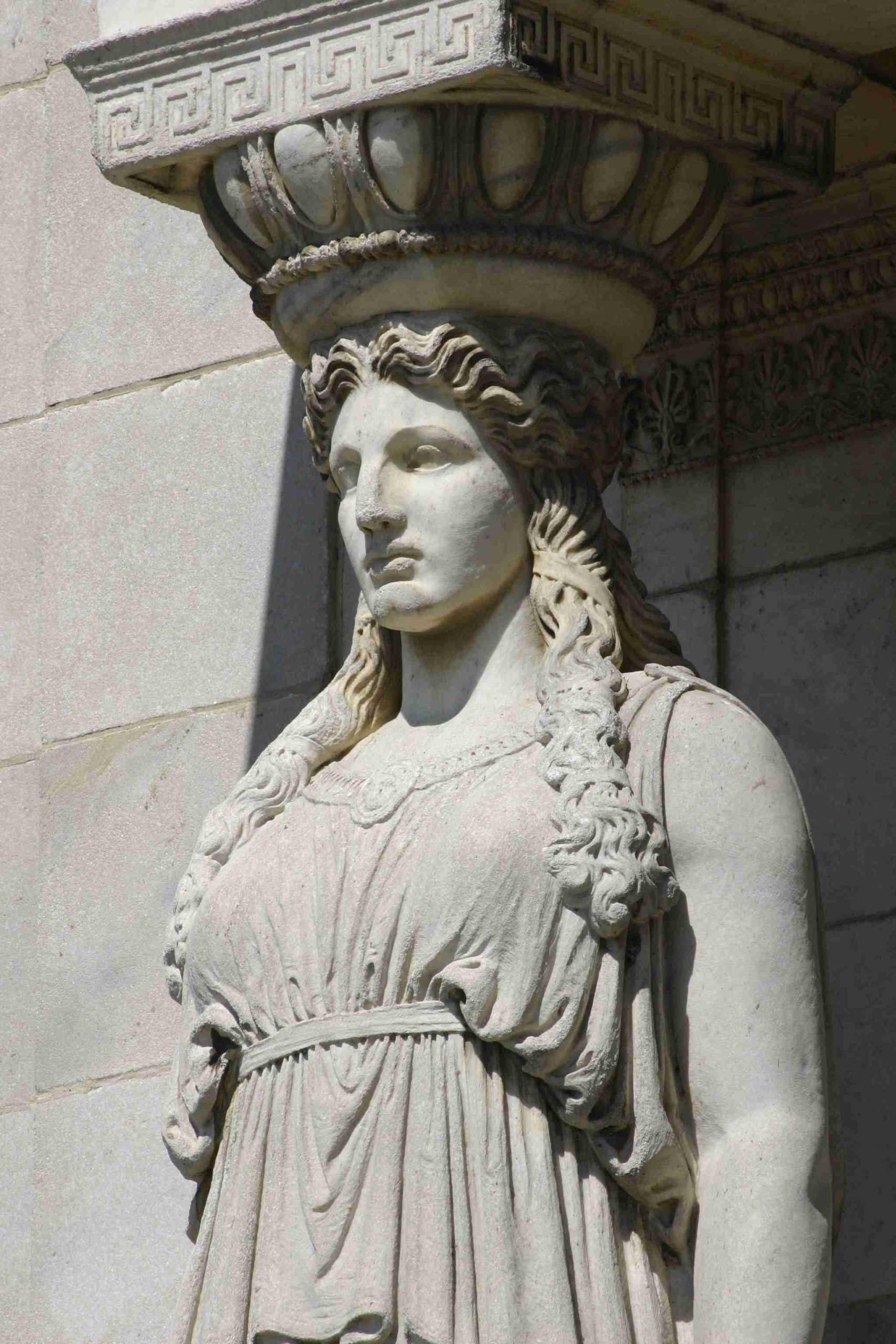
Caryatids Statues3
The architecture of the Caryatids Statues and the Parthenon:
The Parthenon pays special attention to the processing of “visual correction”, so that the part that is originally a straight line is slightly curved or inward, so it looks more elastic and more vivid. This kind of vision correction has been noticed before in the Dorian column, such as the kill reduction of the column body. In the Parthenon, this correction is carried out to the greatest extent possible. According to research, there are as many as 10 such corrections. For example, the straight line of the four corners of the temple is slightly corrected, the center is slightly higher than the two ends, and it looks closer to a straight line, avoiding the rigidity and rigidity caused by pure straight lines. Correspondingly, the eaves have also been slightly adjusted.
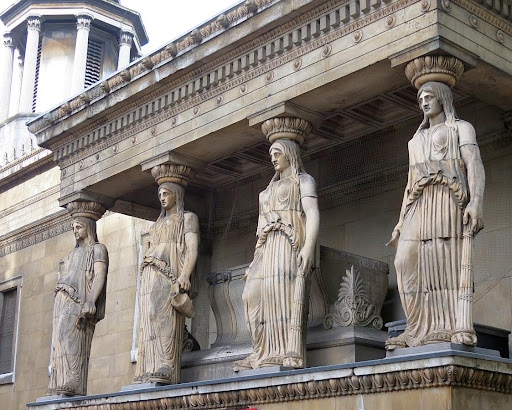
Caryatids Statues1
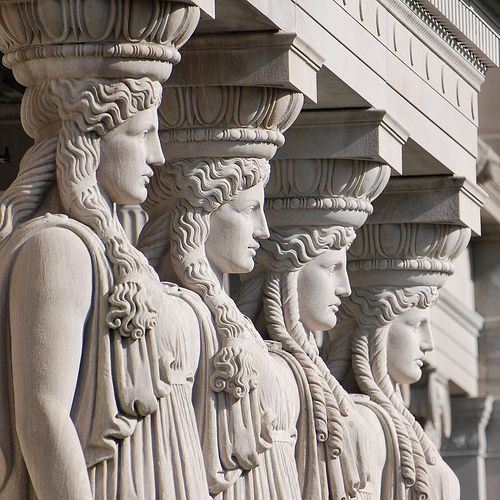
Caryatids Statues2
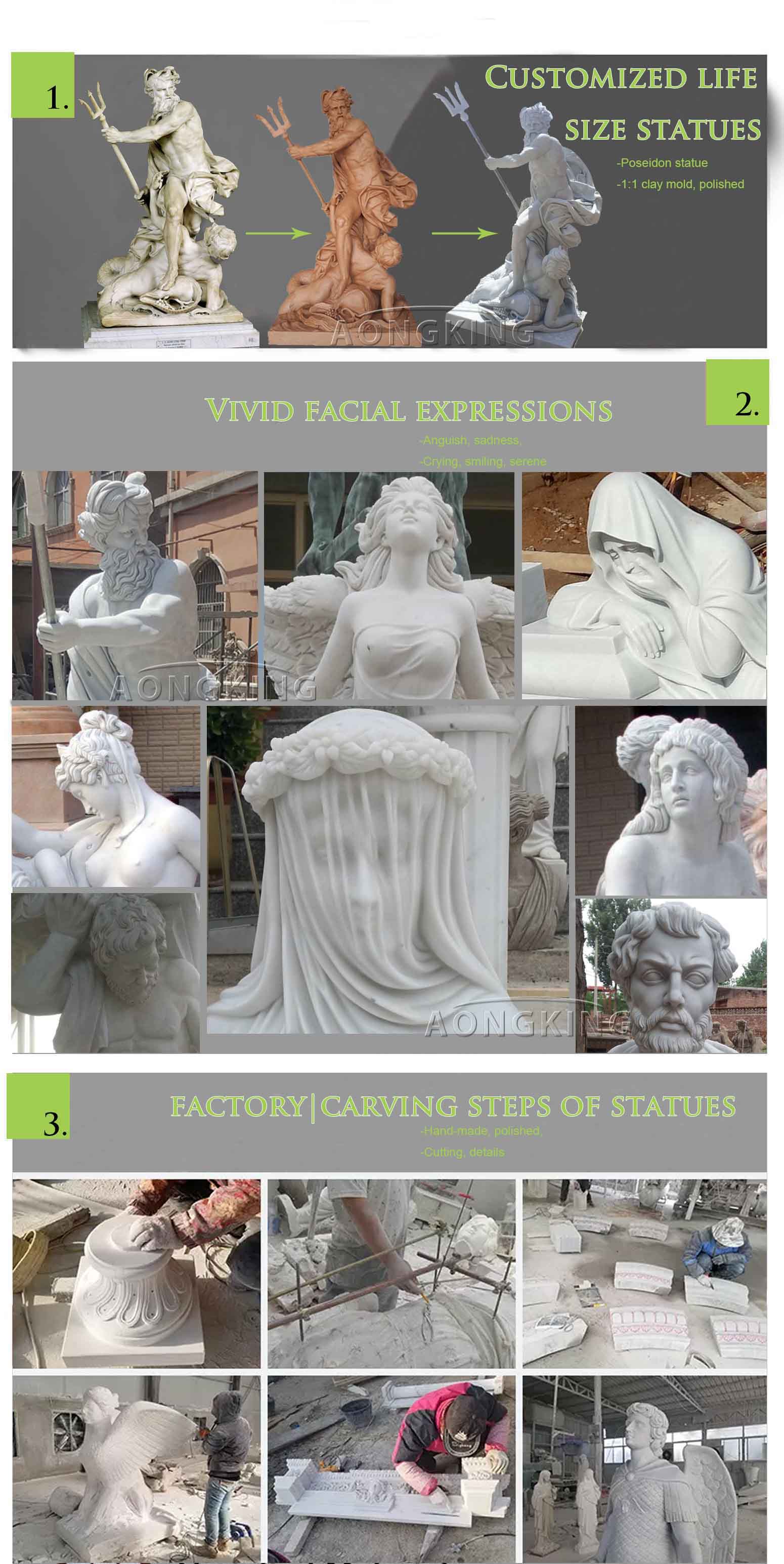
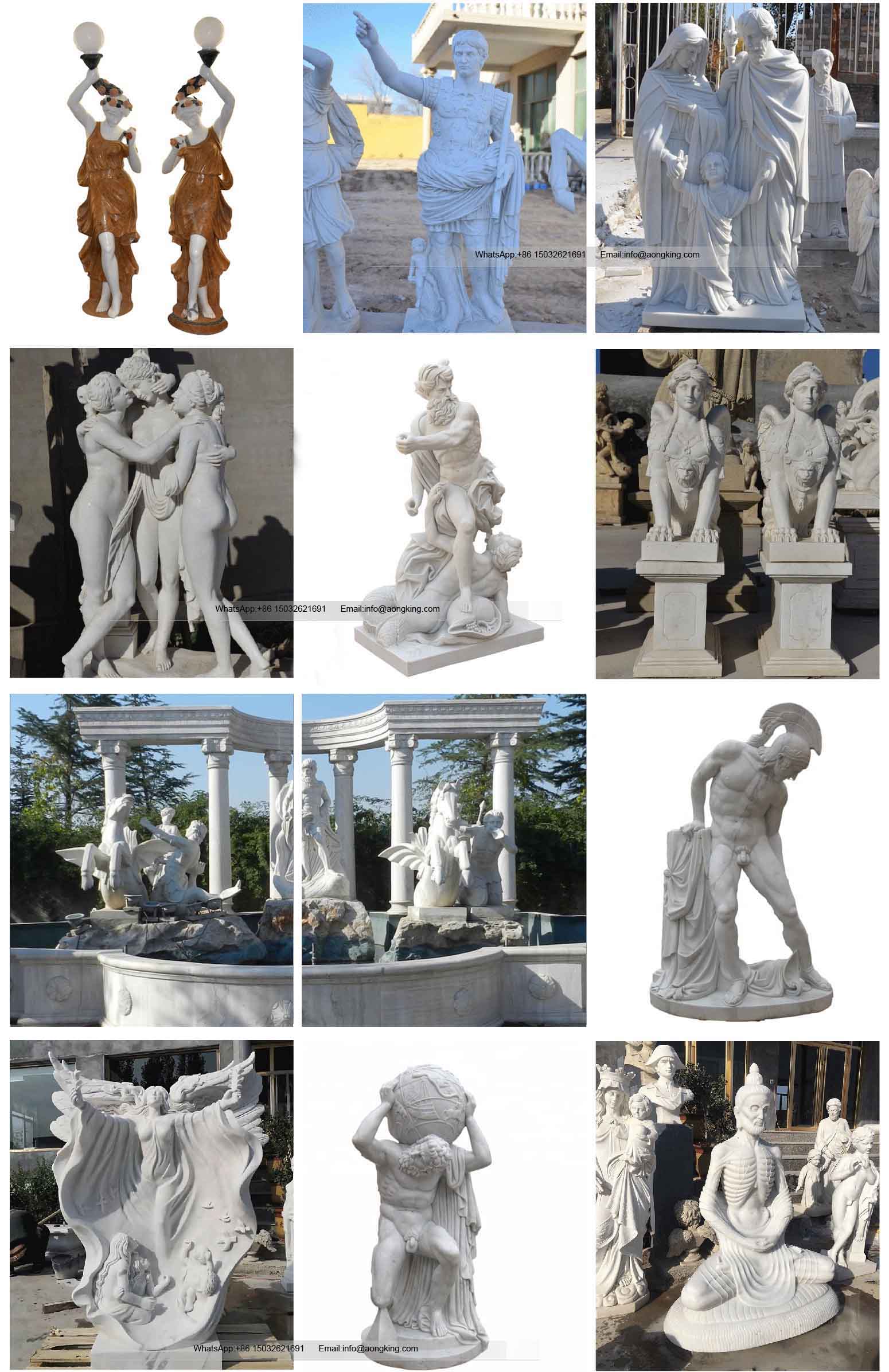

Ask us for price and solutions today!
Your inquiry will be replied to within 24 hours, and we respect your privacy.

